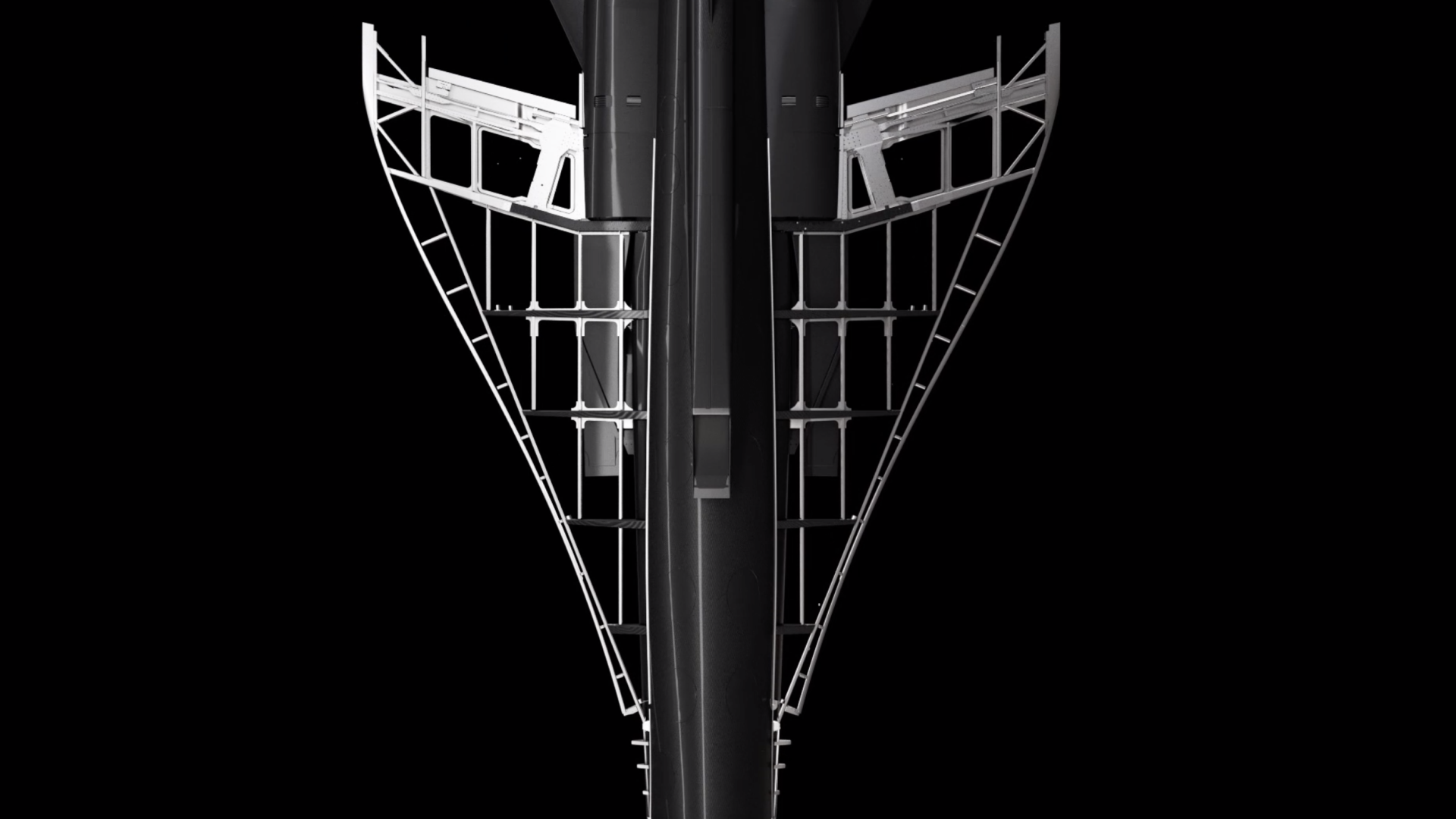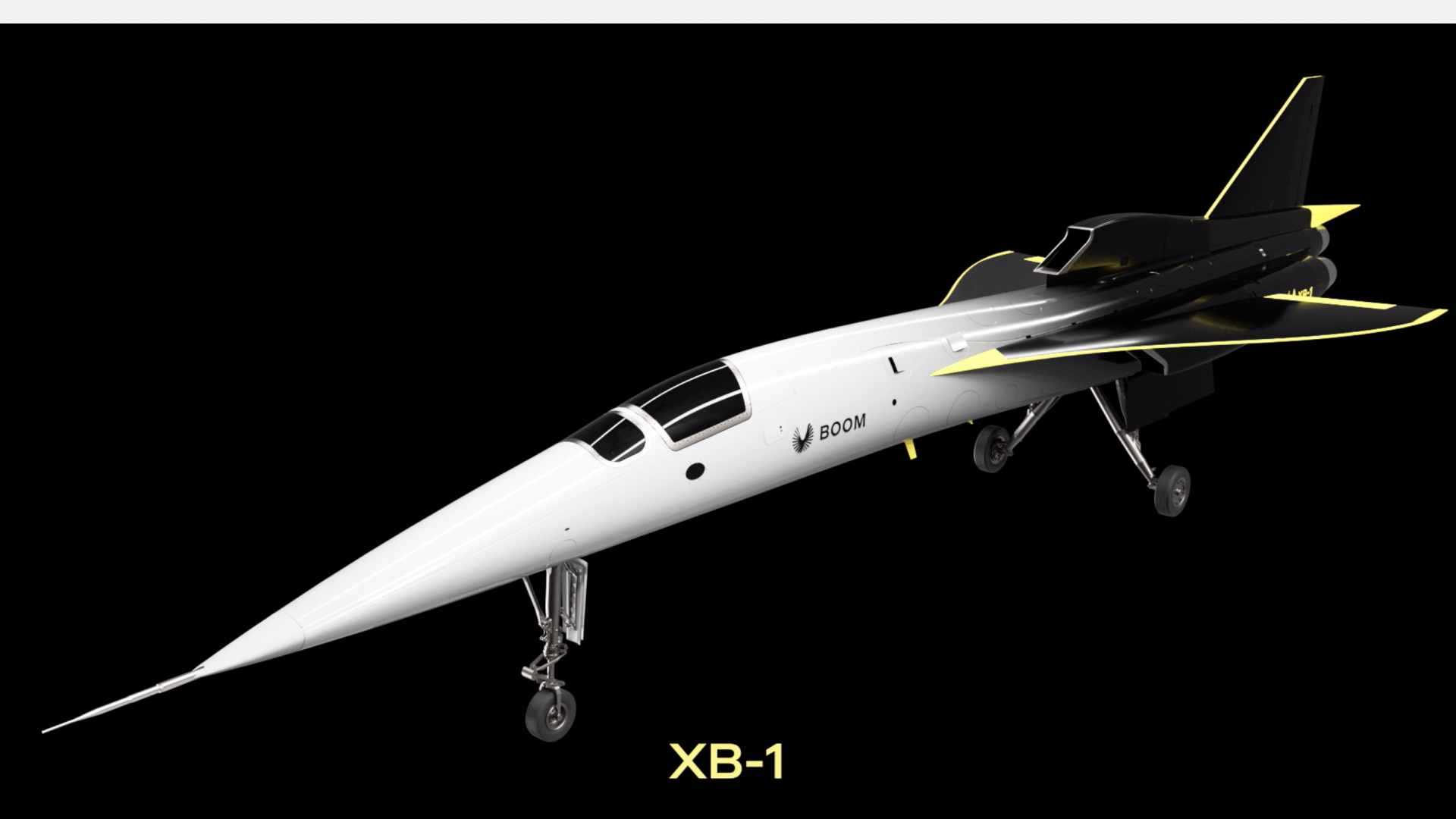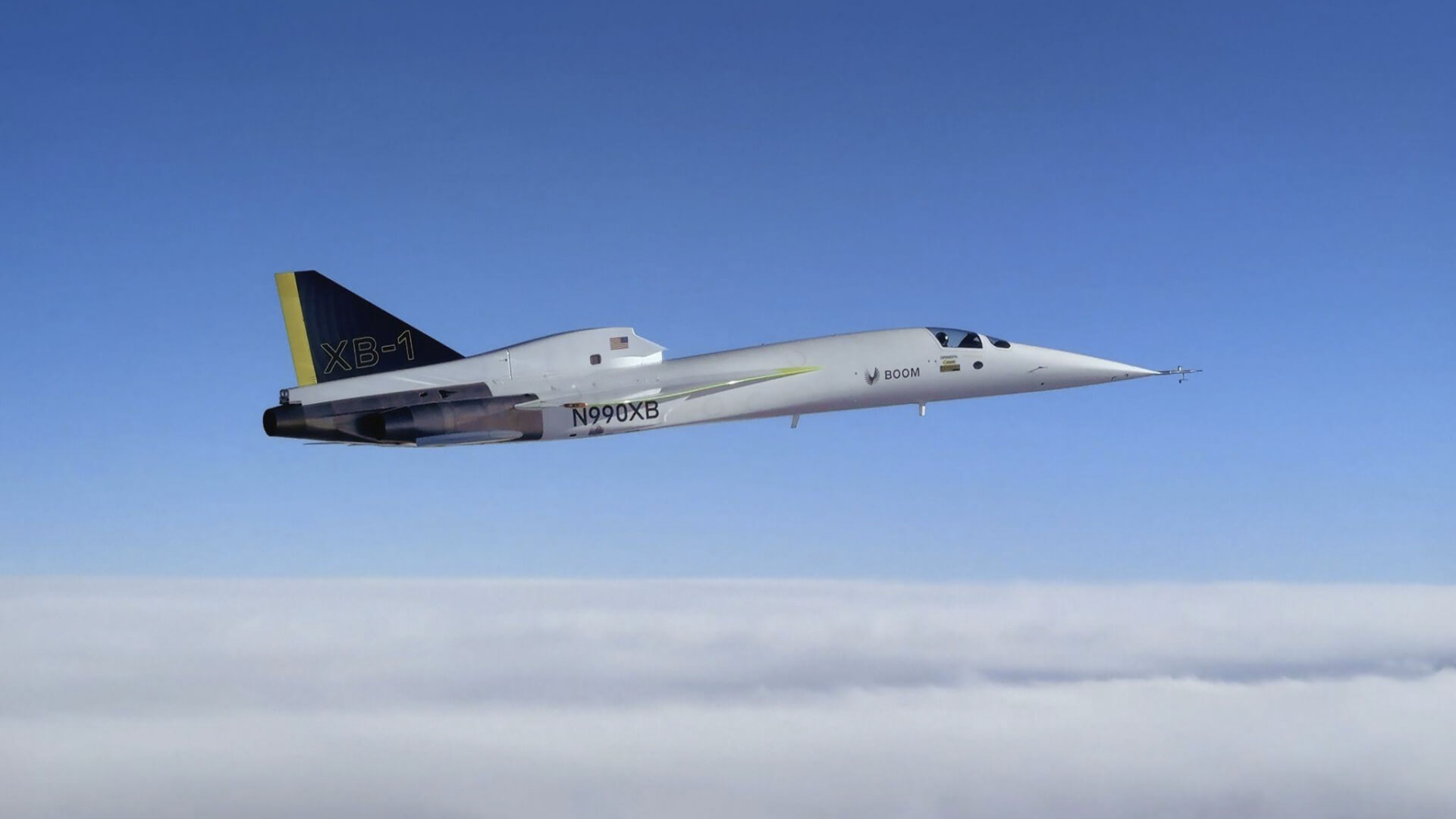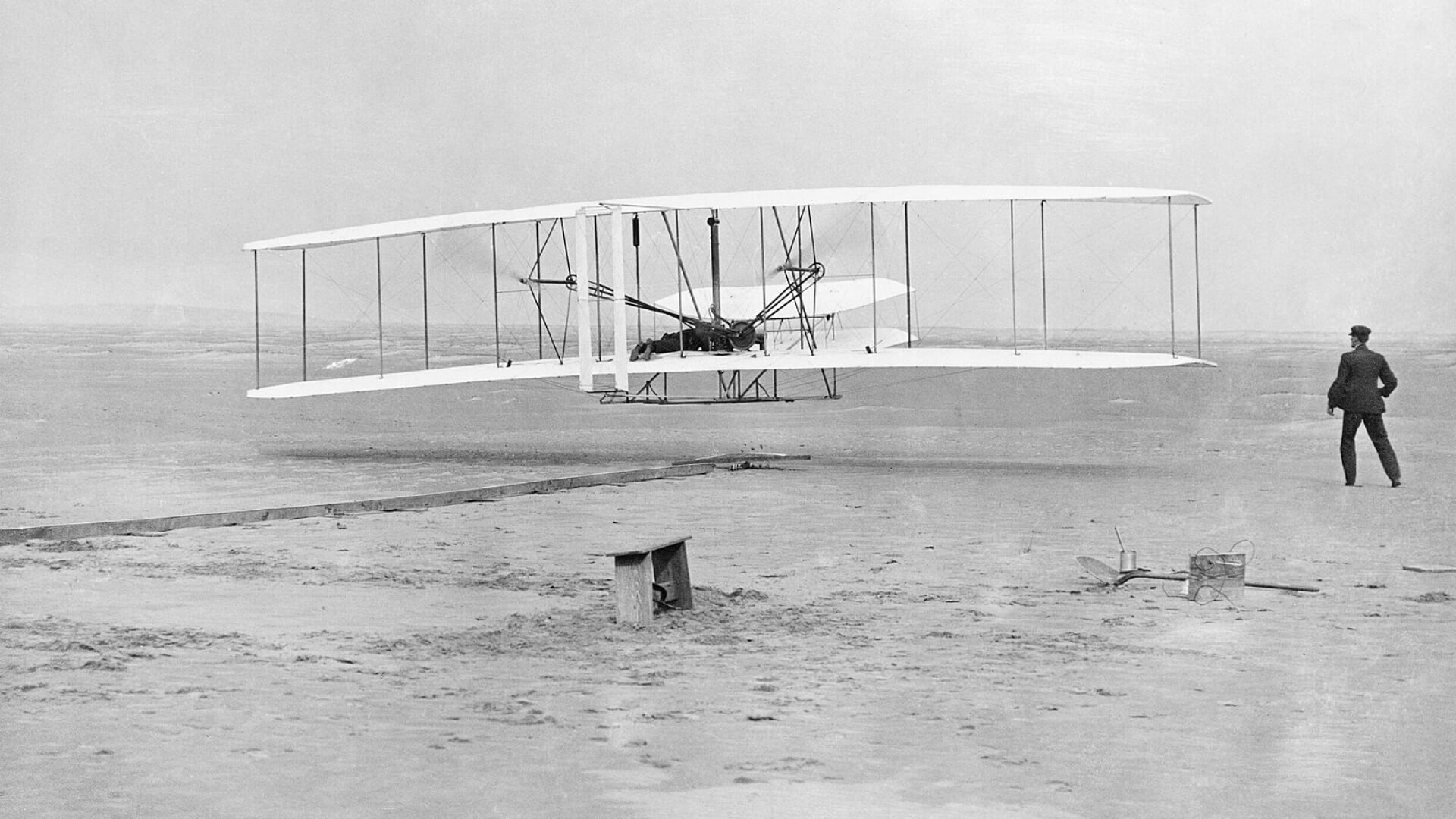Have you ever wondered what makes an aircraft’s wings so strong? Hidden inside the wings are a critical aircraft component: wing spars. They give each wing the strength to take the bending load for lift. Often referred to as the “backbone” or “skeleton” of the wing, they run the width of the aircraft (horizontally). After a wing is sealed, the spars disappear from sight.
Boom recently marked another milestone in the build of XB-1, our supersonic demonstrator: the successful installation of its seven wing spars.
Wings: XB-1’s wingspan is relatively short at 21 feet. By comparison, the Bell X-1 (in which Chuck Yeager broke the sound barrier) had a wingspan of 28 feet. Unlike large commercial aircraft that have two separate wings attached to each side, XB-1’s wings are fully integrated with each other — they constitute one piece.
Spars: While XB-1 has a total of seven spars, not all of them span the entire wing. Spars 1, 2, 3, 4 and 5 run across the wings from edge to edge, while spars 6 and 7, which are smaller, run only half-way across the wings.

Materials: Aircraft wings are designed to be as light as possible, and the weight of the spars is a significant part of this calculation. To achieve the ideal total weight, XB-1’s spars vary by material. One is titanium, while others are manufactured with carbon-fiber composites. Spar 5 includes two, six-foot titanium pieces. When joined together, the spar is 12 feet or 144 inches. Why two pieces? Fabricating a 12-foot piece of titanium was challenging from a sourcing and manufacturing perspective; it’s difficult to obtain such a large piece of titanium. Upon assembly, Spar 5’s two titanium pieces were joined together with a single splice plate.

Testing: XB-1’s wing spars will “disappear” from sight when the wings are closed, but the team will still be able to “see” inside with ultrasonic imaging. This non-destructive inspection method captures “before” and “after” images, which will be closely examined following wing structural tests (aka wing bend tests). The team will compare images to look for anomalies, debris and damage below the surface to verify that the wings are ready for flight.

Successful installation of the wing spars marks a major achievement in XB-1’s build. The next step — close out of the wings — will quickly follow installation, bringing Boom’s supersonic demonstrator ever closer to first flight.







